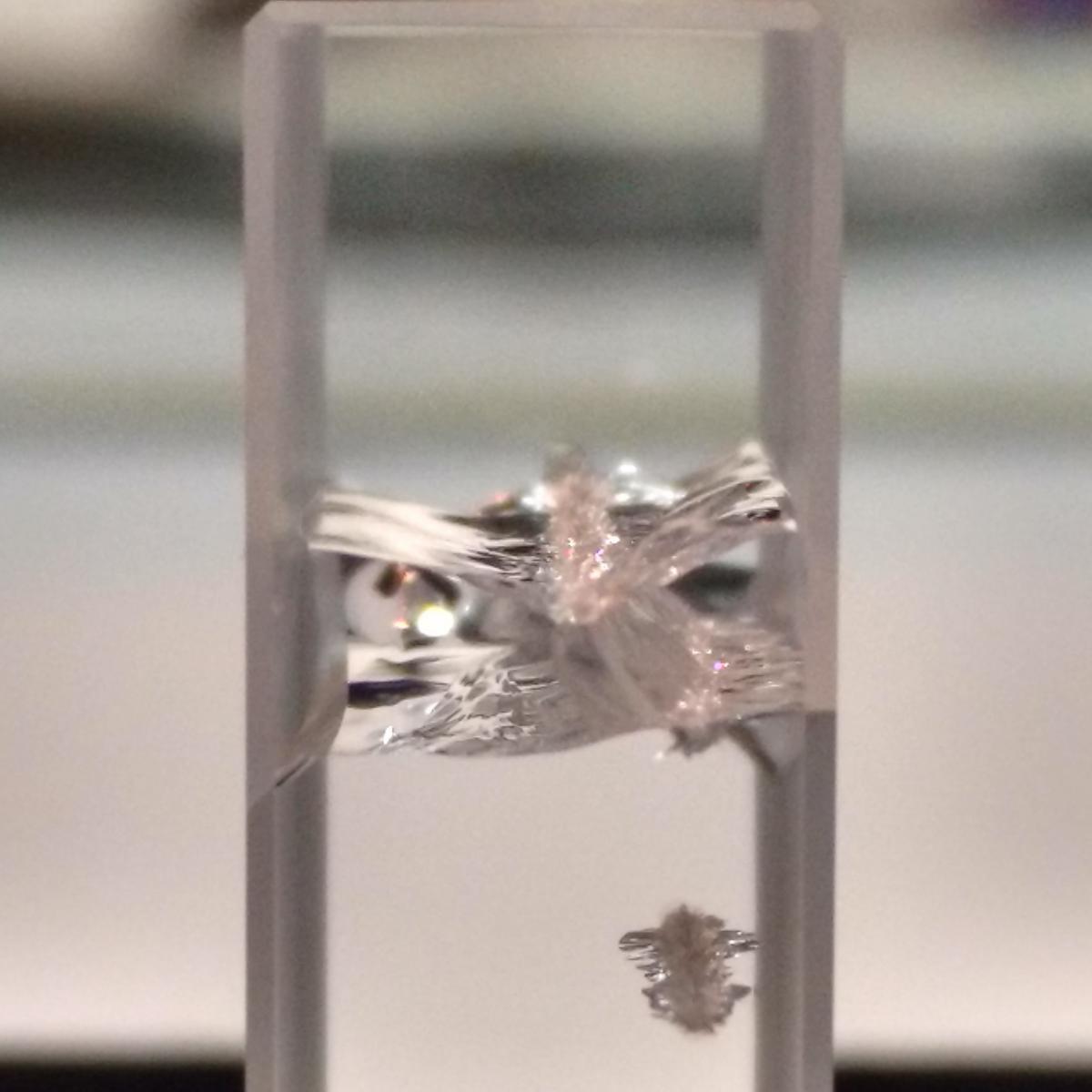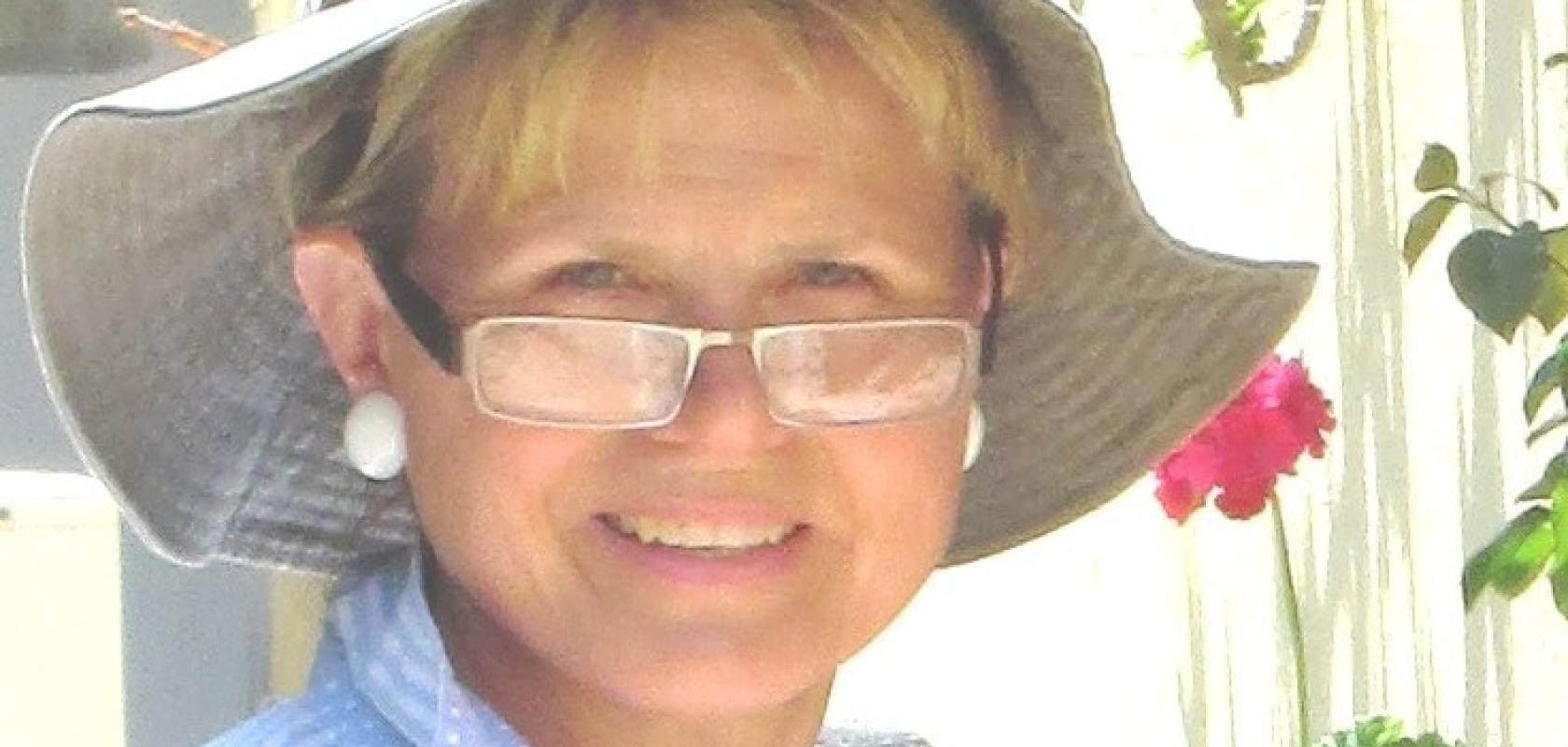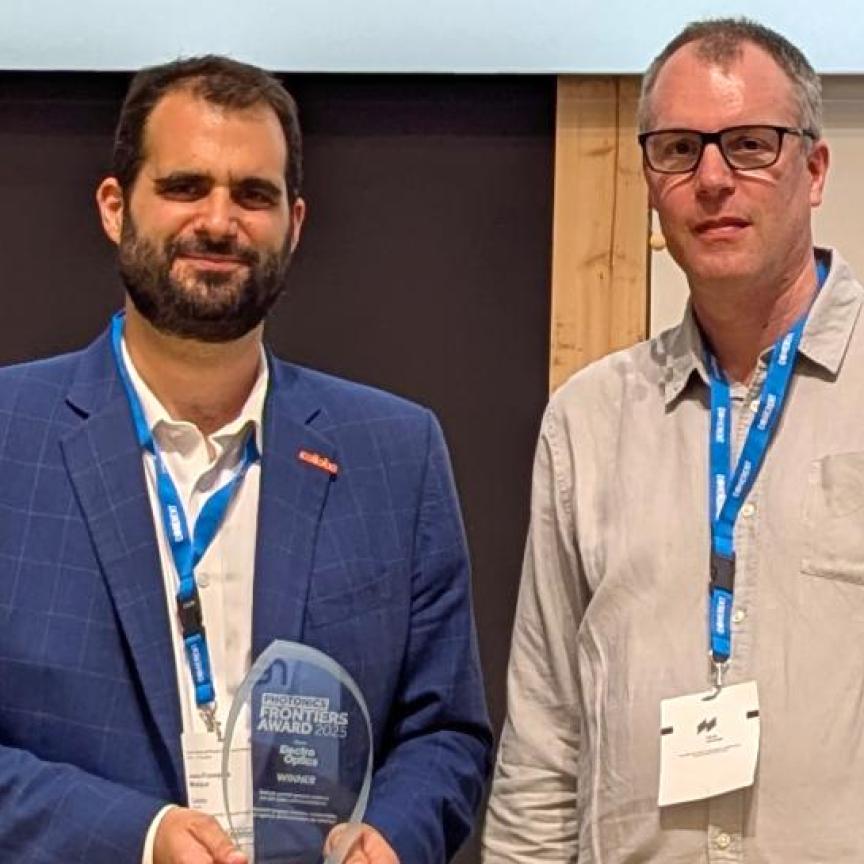Rona Belford highlights the pivotal role of optical coatings and Laser damage testing in high power lasers development
High power systems demand better quality optics, optics that can stand both average powers and spikes that power lasers can deliver. Performance improvements rest on the increasing optical coatings quality. Coatings make the optics do what they are built for, whilst reducing loss and excess heat overhead. It really is, all about the coatings, and their ability to handle more power without damaging.
Coating damage
There is no doubt about it, damage is expensive. All of us who work with power lasers have experienced laser damage, usually when we least wanted to. That flash of light in our darkened firing labs or audible 'pop' that signals your day has just got a bit longer. But individually, one optic damaging isn’t the problem that laser manufacturers face. A single damage event in a sealed resonator can set off a cascade causing multiple optics to damage and system-wide failure.

Assessing what level of power your optical components can take requires damage threshold testing by a reputable laser damage test house. At BRL we report zero failures in the field. Laser manufacturers dread field failures and the accompanying retro fits as these are their most expensive unscheduled cost.
Catalogue optics are fine for many laser applications, but high power lasers require specific damage characteristics of their optics. Much of our work is certifying optics for both pulsed & CW laser systems in order to prevent catastrophic events.
High LIDT optics high power lasers
No matter how clever or how ingenious new laser designs are, and there are some fabulous designs out there, the chances of realising them is basically a highly specialised and sophisticated materials problem. If we cannot produce laser-optics capable of delivering the power then progress is impossible. Laser damage testing assesses the power level that an optic can take. BRL’s laser damage testing is used on a regular basis by coaters as an integral part of new coating development. We co- authored 'High Power, High LIDT Laser Optics' which describes inter alia how the meteoric development of high performance coatings is followed, step by step, by that of high performance lasers.
The power handling quality of the optic is key. BRL’s standard of damage testing can, in some cases, provide intelligent analysis to identify aspects of the optic that need to be improved. This requires careful testing, attention to detail, graphical analysis and an in-depth knowledge. BRL produced a whitepaper last month on ISO compliance highlighting the large scale errors caused by annealing, which can easily be evoked by ignoring just one ISO recommendation. 'High Power Laser Damage & Annealing' provides an insight into the physical electronics of the materials under test and reasons for damage. It was published in Electro Optics' July 2020 edition.
The regimes of damage
Within the visible to IR region, Laser Induced Damage Threshold (LIDT) testing doesn’t just depend on which wavelength region or what power levels are required. Damage testing here also depends on whether the optics are to be used in pulsed or continuous wave systems. The mechanisms for CW and pulsed damage are very different, as are the values, the units and the test. Our whitepaper: 'Understanding the differences in high-power pulsed and CW damage' provides a readable, detailed account of these differences. This was published in Electro Optics' May 2020 edition.
BRL also produced a short video of damage especially for coaters wanting usable data. The video is a live practical demonstration of both CW and pulsed damage. It shows what is done during testing and specifies the samples required. There is another regime of damage within pulsed systems that has a completely different damage mechanism. Heat dominates the pulsed damage mechanism right down to pulse durations of 100’s of Picoseconds. As the pulse duration shortens the available power increases accordingly and the intensity is such that electronic effects start to dominate damage. Reducing pulse duration is a technique used to increase power and our next challenge is femtosecond (and shorter) damage, in which the mechanisms can depend on beam characteristics and can combine both multiple photon absorption and avalanche breakdown ... Watch this space..!


